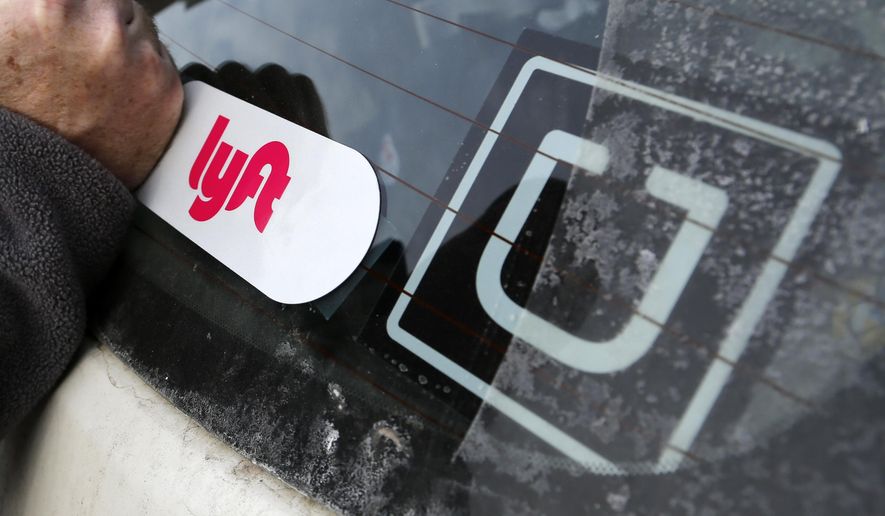New research shows that ride-sharing companies are crushing urban mass transit ridership.
Researchers at the University of Kentucky analyzed data about traffic and transit in 22 U.S. metropolitan areas from 2002 to April 2018, evaluating factors such as fare changes, gas prices, employment rates and cuts in bus and subway services.
They found a correlation between the growth or ride-sharing firms such as Uber and Lyft and the decline in public transport ridership over time.
“Our results suggest that the recent decline in transit ridership in major U.S. cities cannot be attributed to transit service cuts alone,” Gregory Erhardt, a civil engineering professor at the University of Kentucky, said last month in Washington, D.C. “The ridership decline is steepest from 2015 onwards, and correlates with the introduction of Uber into a market.”
City planners have been perplexed by significant transit ridership declines across the country. In 2017, for instance, 31 of 35 metropolitan areas across the country lost passengers, with Los Angeles ridership dropping 3.4 percent despite major investments in the city’s rail network.
A study by McGill University last year blamed ridership downturns on transportation service cuts between 2000 and 2015.
Mr. Erhardt and his research team focused on New York City, the country’s largest ride-sharing market. They found that between 2015 and 2018 Uber and Lyft trips ballooned from 60,000 to 600,000 a day. Over the same time period, NYC subway and bus ridership fell by about 580,000 boardings per day.
Since Uber and Lyft began operating in San Francisco this decade, bus ridership there has fallen 12.7 percent, the researchers found.
Uber did not respond to requests for comment.
Lyft, based in San Francisco, objected to the findings and dismissed them as “contradictory and inconclusive.” The company said it has been recognized for having a positive impact on transit ridership.
“Lyft was founded with the mission to improve people’s lives with the world’s best transportation,” Lyft spokeswoman Lauren Alexander told The Washington Times in an email. “Many of our most popular pick-up/drop-off spots are adjacent to public transit stations, indicating that Lyft is complementary to public transit.”
But advocates for mass transit welcomed the data.
“In case you are still under the illusion that ride-hailing is somehow beneficial for transit ridership, here’s additional evidence to the contrary,” Yonah Freemark, a doctoral student in city planning at MIT, tweeted about the Kentucky study.
“Two companies [Uber and Lyft] single handedly wiped out transit ridership gains across the U.S. over the past 3+ years,” Angie Schmitt, a writer for the transportation news website Streetsblog, said on Twitter. “The environmental and social effects of this are just staggering.”
Mr. Erhardt issued his study’s findings at the annual meeting of the Transportation Research Board, a nonprofit unit of the National Academy of Sciences, Engineering and Medicine focused on transportation solutions.
• Dan Boylan can be reached at dboylan@washingtontimes.com.




Please read our comment policy before commenting.